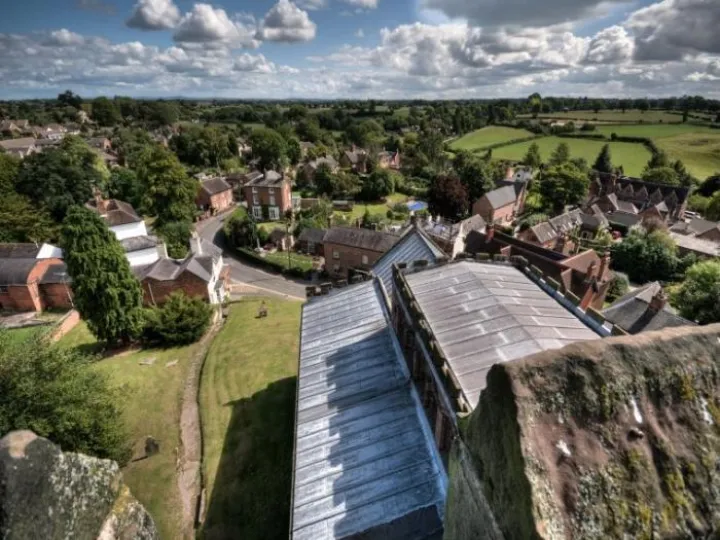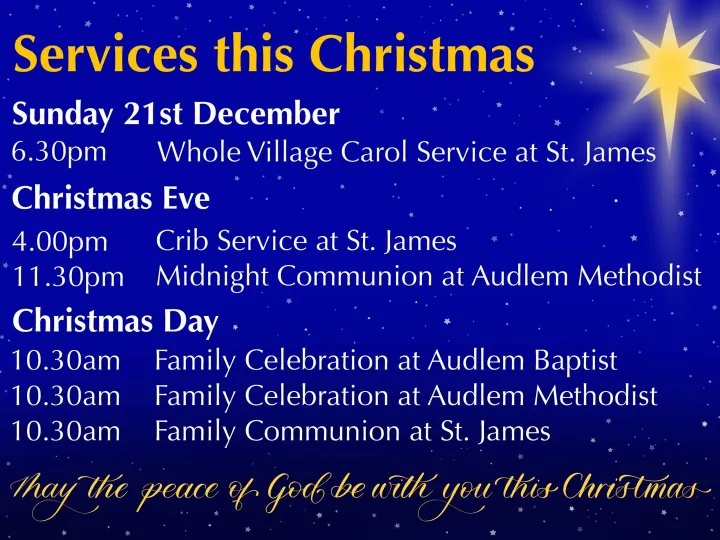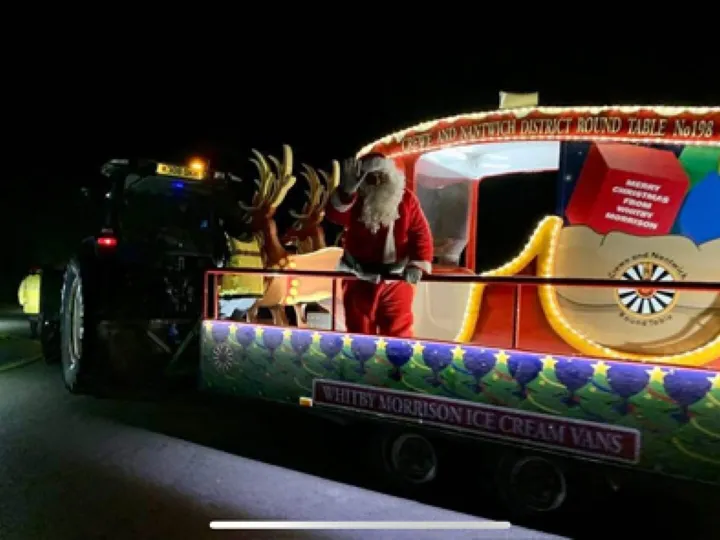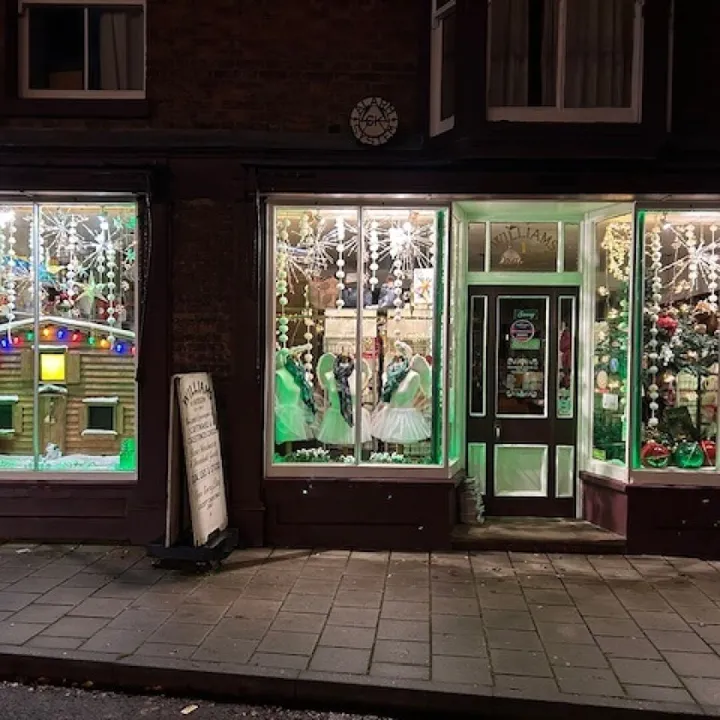



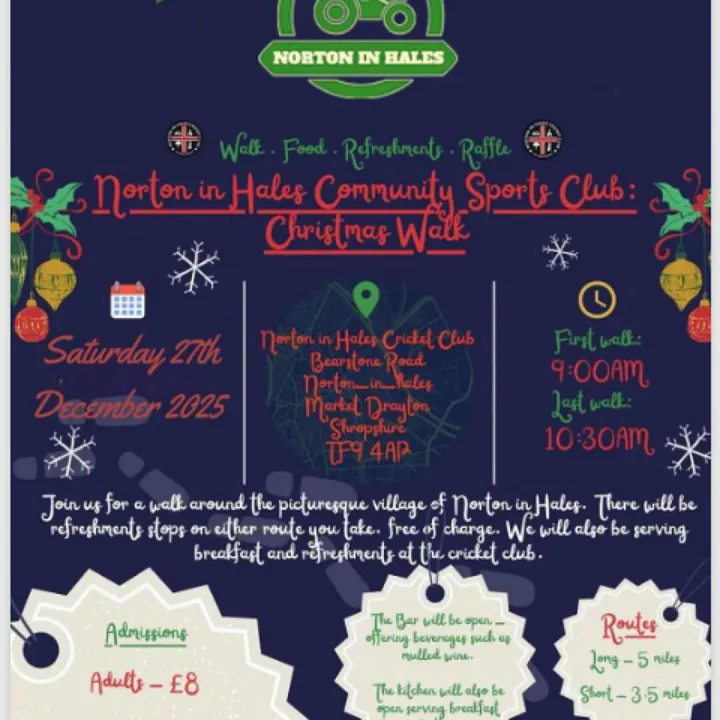
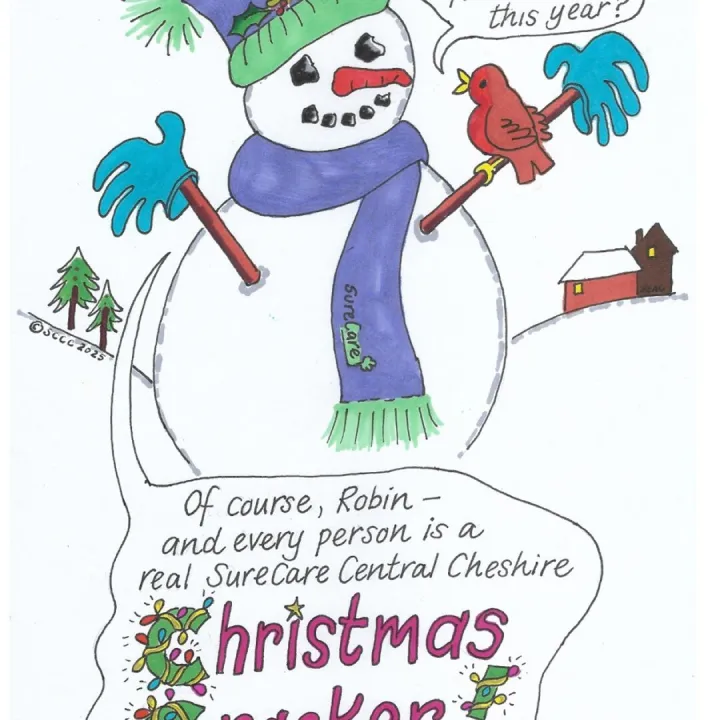


Stephen, my son, and I took a trip to St Omer in France a couple of weeks ago. There was a rally of Jodel owners to be held there and, as Jodel aircraft owners, we had a stake in the celebrations – so we decided it would make a fitting close to this year's flying season.
St Omer is a lovely little town about 20 miles inland from Calais with a very interesting history.
We began to make plans a week in advance and so the paper chase began.
The journey was to be about 270 nautical miles, about 2 ¾ hours, and was to be a paper chase and an exercise in logistics.
Fully laden with 42 gallons of fuel we could not take off from our short grass field so we must arrange for Steve to go by car to Shropshire Aero Club and carry with him our top up of 10 gallons to be transferred at Wem so that we may use their 800 metres of concrete runway with a fairly good chance of being airborne when we encountered the boundary fence.
That was the logistics bit now for the paperwork. How many pieces of paper would you expect to need to make a three hour car journey?
Our list for this journey by aeroplane is as follows:
2 Flight plans (out and back).
1 faxed request to Calais for Customs and immigration attendance. St Omer airfield would provide Customs and immigration but only on Saturday we proposed to fly out Friday.
1 General aviation report to Cheshire Police at Winsford.
1 Weight and Balance calculation for the aircraft to ensure that it should not be overloaded or be out of balance as determined by the manufacturers .
2 Plan and Log sheets to track the journey as it progresses.
3 Pages of Notices To Airmen (NOTAMS ) to make sure we are aware of any impediments to the journey
like a display by the Red Arrows at any place we were passing through.
2 Sheets of weather forecast information.
WeatherThe weather forecast indicated that an area of rain was to approach our flight path from the West , but if we got going fairly early we could be in rain say to Birmingham where we should overtake the weather and be in the clear all the way to France.
Saturday was to be pretty grim in the UK – but we should be in France – and Sunday would be OK for our return journey. Well, that was how it was supposed to be!
So early Friday I ferried the aircraft to Sleap (Wem). We loaded our fuel; we filed our flight plan (it has to be sent on ahead of us at least a half our before the journey begins), and I appointed Steve as Captain for the trip.
Fully loaded to 720 Kilograms our little aircraft struggled into the air and we cleared the boundary fence in rain and set course on our first leg to Lichfield. The rain it rained and the cloud came lower so we had to follow it down and down and down. The cabin of a Jodel is meant to be waterproof . But I have never seen one that is. So when it rains it drips in on us but we press on .
The RouteWe came East abeam Bruntinthorpe where the old Jumbo Jets go for a good sleep until required again.
Adjacent to the Jumbos is the old Airbus Industrie Guppy which is now pensioned off. It used to carry the new wings from Chester to Toulouse .
The trip would take us between Birmingham and East Midlands airports and onward via Market Harborough and Naseby where Cromwell's General Fairfax gave King Charles a bloody nose in June 1645 onward again between Luton and Standstead airports, skirting the East of the City of London and its airports and onward over the Thames at Dagenham and the Medway at Rochester.
This is where the Dutch Admiral de Ruyter in 1667 sailed his fleet up the narrow Medway and caught the English fleet at anchor. He belted the hell out of them and sailed serenely away laughing.
Onward to the Weald of Kent where in our own time and exactly seventy years previously the Battle Of Britain took place. Yes, we were flying through those very skies though no one was shooting at us – for which we were extremely grateful. Next turning point Dover where the last two Battle of Britain radar towers can still be seen above the white cliffs. We had now been airborne for 2 ½ hours and getting a bit fidgety.
All this way we have been gently shepherded through on the radio by the airspace authorities who will interrogate our radar signals until they hand us to the French equivalents at mid channel.
We of course are doing our own navigation with lines drawn on maps and our trusty GPS moving map system. As we approach mid channel we are handed over (by radio) to Calais who overlook our approach to the French coast and into their airspace to make our landing.
WissantNow you will so often hear people speak of their first or last sight of there white cliffs of Dover, but how many have you heard talk of the White cliffs of Wissant. Their coast is of course bounded by white cliffs as is Dover. When the Atlantic did breakthrough to the North Sea it had to batter its way through and left chalk cliffs on both coasts.
We followed a gendarme helicopter into runway 21 Left at Calais , cleared Customs, paid our dues, and prepared to depart. It was but a short 20 mile hop from Calais to St Omer .
St Omer airfield was built by the Royal Flying Corps during the 1914-18 war. All aircraft and flying personnel were delivered to St Omer before distribution to their units. It is or was a simple grass airfield and even now there is on the field a monument to the RFC with a large stone plinth and the motto "Per Ardua Ad Astra " Onward to the stars.
Douglas BaderThe airfield has another claim to fame. When Douglas Bader had to exit his stricken Spitfire over France his tin legs came adrift and stayed within the crashing fighter and were destroyed. The Germans who were not all bad dropped a note into one of the Kent airfields saying that they would give free escort to an aircraft to deliver a new set for him the aircraft was escorted to St Omer with the new legs.
Some years ago I came across Adolf Galland who was the Commander of the Luftwaffe in that area. He was a very interesting man, but I'll tell you about him another time.
After a mooch around the airfield we set off on our forty minute walk into town. As we walked to our Hotel I mused upon the famous men who had walked this road. There was McCuddon and Albert Ball and Cecil Day-Lewis and a host of others who had walked this mile and half for a drink and rest before going onward to their Squadrons and an expected lifespan of about three weeks.
Did you know that there were more aircraft in the skies of Europe at the latter part of the 14 – 18 war than there has ever been since – and that includes WW2.
By the way, if you want to find out what it was really like to fly a first World War aircraft into battle , see if you can find a copy of Day-Lewis's book Sagittarius Rising. It will make the hair on the back of your neck tingle. From memory, I believe he had something like 11 Hours total experience when he was sent alone from the South of England to St Omer to take up Squadron Duties.
St Omer townAfter a good nights rest and a generous breakfast we wandered into the centre of the town to visit the street market. This market covered the entire town centre and most of the side streets and was really buzzing.
I have not seen anything like it in the UK – it was big.
Whilst wandering these streets I suddenly realised that it was 11th September and tomorrow the 12th is our 51st wedding anniversary and I would not be home until late afternoon and (so far) no gift or card for my wife. Well fellas, in dire circumstances like this nothing less than a bucket full of Channel Number 5 is going to admit me to the house . So I had to spend money!
Later, after walking back to the airfield we looked at a lot of other people's aeroplanes visited the camp site where most of the Brits had erected their tents and we watched and critised other peoples arrivals and booked our tickets for the evening's Hanger Banquet. Moules and Frites (Mussels and chips) with Normandy apple tart to finish and of course accompanied by a bottle of good French vino.
Whilst sitting in our aircraft (using it as a garden seat really) I was taking in the scene when a couple of elderly French men who were examining each aircraft on the park ambled up to ours and began to discuss it's various characteristics. Noting their interest but unable to understand what exactly they were saying, I climbed out and tried to talk to them with not a lot of success.
Perceiving that I might do a little better with the written word as we were stalled with the spoken word, I took an envelope from the cabin and wrote upon it the original French Registration F- BNIN.
ExcitementAt this they became very excited and said the name of the French man from whom I bought the aeroplane in 1981. Emile Maese! Yes, I bought it from Emile Maese at Lille Marque. in Eastern France.
Yes, Yes, Yes! Had I flown it back to Lille since 1981? No I had not. Would I next time come to Lille as my new found friends had learned to fly on that very aircraft at Emile Maese's flying school all those years ago? They were so delighted to see the aircraft again and could not contain their delight and excitement. They were so pleased to see that the aircraft is in such good condition and of course much loved.
The whole trip was worth it for this meeting of new and old friends.
ReturnOur return journey on the following day (our anniversary 12th September) was marked by very good visibility but a hell of a head wind. Throughout the journey we were showing 100 Knots on the Airspeed indicator but only 73 Knots of ground speed on the GPS. It seemed to take an absolute age and as we came up to the Midlands we began to take careful account of our fuel situation.
We had some fuel in the rear tank which we used until we judged it must be nearly empty and switched to the left wing tank to make sure we had used it almost to empty. Here is where the gremlins took over.
We knew that the right wing tank was still half full with at least an hours duration left in it so this was our favoured tank for the final leg of the journey, but first we must make the best of available resources, so left wing tank it was for now. From our fuel log I made the observation to Captain Steve that we had perhaps three or four minutes of fuel in the left wing tank so, make ready to switch tanks. I had hardly spoken the words when the heavy end suddenly went quiet.
Mine and the Captain's hands met on the fuel tap and fairly promptly the heavy end resumed its work. We were now on the last tank with an hour of fuel left. We made it to our field quite comfortably and with about 20 minutes of fuel in reserve.
A memorable journey. A remarkable weekend – and the perfume was very favourably received.
Bye for now.
Golf Foxtrot Alpha Romeo Romeo.
This article is from our news archive. As a result pictures or videos originally associated with it may have been removed and some of the content may no longer be accurate or relevant.
Get In Touch
AudlemOnline is powered by our active community.
Please send us your news and views using the button below:
Email: editor@audlem.org

